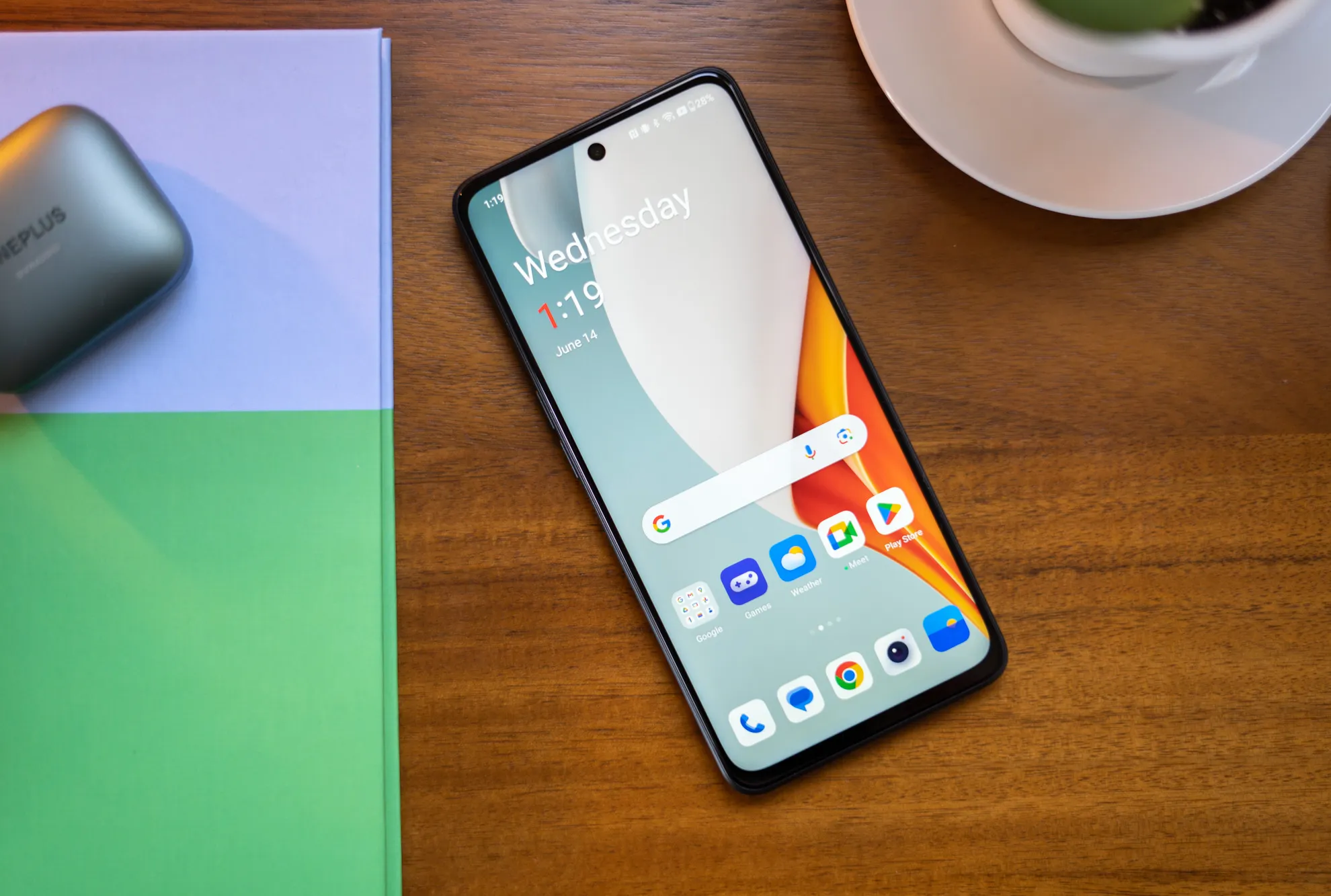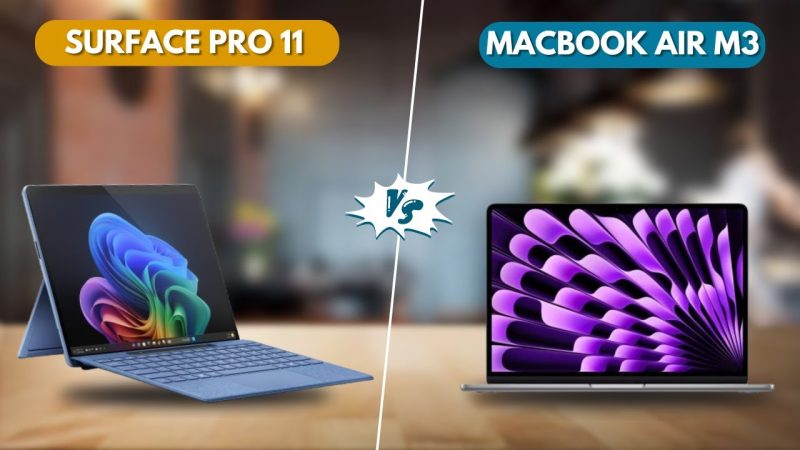The scene: A bustling coffee shop downtown. Sarah, a graphic design student, pulls out a sleek phone to show her portfolio. Her classmate Jake glances up from his 1,200 flagship, eyebrows raised. “Wait—that’s a 300 phone? How’s it rendering those 3D mockups so smoothly?”
This isn’t magic—it’s the 2025 budget phone revolution. While flagships chase holographic displays and foldable screens, a new breed of sub-$300 devices delivers 90% of the experience for 25% of the price. Let’s meet the contenders changing the game.
⚡ For the Power User Who Craves Speed: Realme 11 Pro ($279)
“I don’t have time for lag.”
Jake’s dilemma: His gaming sessions crash when his “premium” phone overheats. Enter the Realme 11 Pro. With its MediaTek Dimensity 7050 chip and vapor cooling chamber, it handles Genshin Impact at 60fps—something even last year’s flagships struggled with. The 120Hz AMOLED display? Identical to panels in phones costing twice as much.
Why it beats flagships: Flagships prioritize thinness over thermals. The Realme’s thicker chassis means sustained performance—no throttling during marathon sessions.

📸 For the Memory Keeper: Samsung Galaxy A54 ($299)
“I just want photos that look like life, not algorithms.”
New mom Lisa almost bought a $1,000 phone for baby photos—until she tested the Galaxy A54. Its 50MP main sensor captures golden-hour playground moments with startling clarity. The secret? Samsung’s flagship-grade image processing trickled down.
The flagship flaw it fixes: Ultra-expensive phones often oversaturate skies and oversmooth skin. The A54’s natural color science? Perfect for authentic memories.
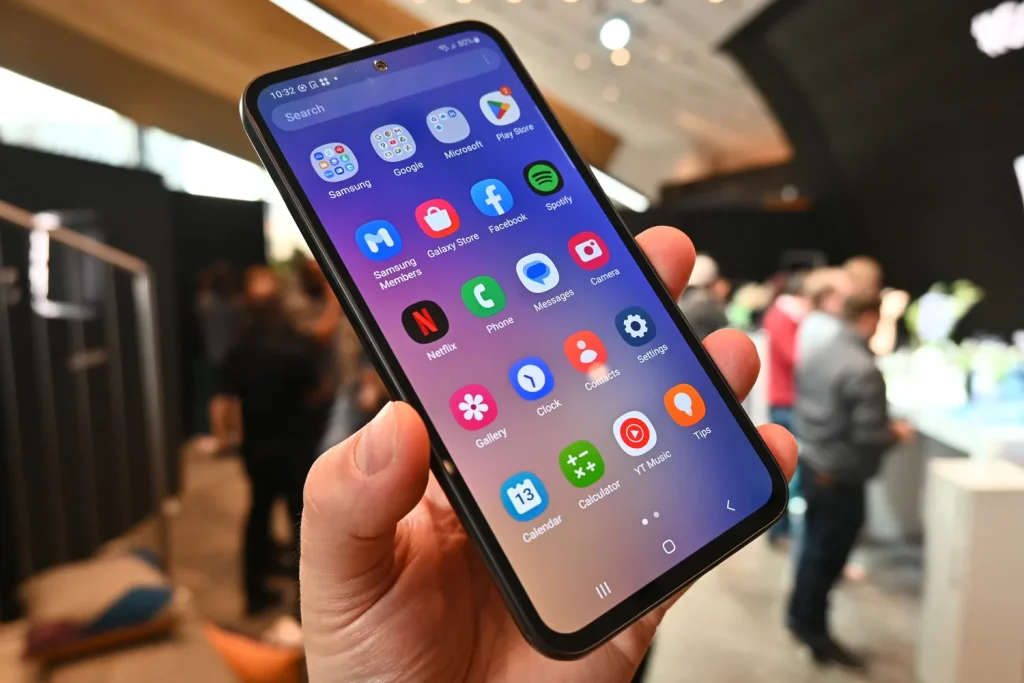
🌴 For the Adventurer: Poco M7 Pro 5G ($269)
“My phone must survive mountains—and my budget.”
Backpacker Diego’s phone requirements:
- 6,000mAh battery (lasts 2 days on trails)
- IP68 dust/water resistance (rainforest-proof)
- 48MP low-light camera (canyon sunsets)
The Poco M7 Pro 5G checks all boxes—something no flagship under $800 does. Diego’s verdict: “Flagships are fragile jewels. This is a tool.”
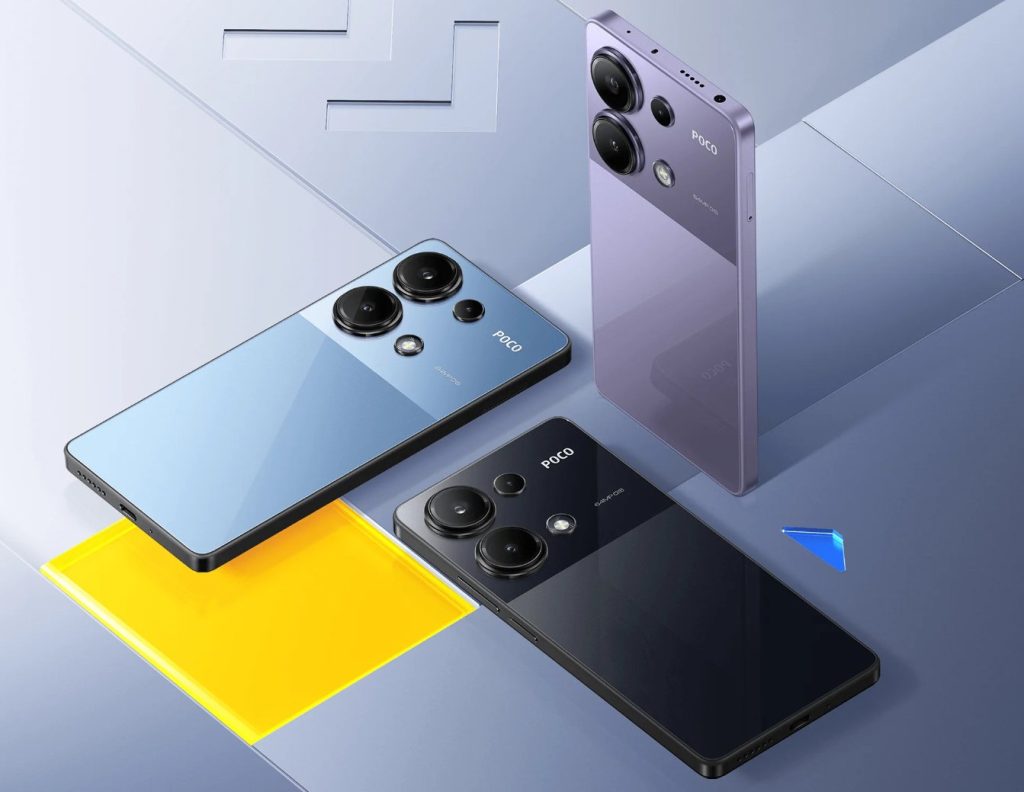
👵 For the Pragmatist: Motorola Moto G100 ($249)
“I need simple. I need reliable.”
Retired teacher Robert hated his grandson’s “fancy phone”: “Too many swipes to call!” The Moto G100 won him over with its:
- Physical Google Assistant button
- 3.5mm headphone jack (for his vintage headphones)
- Stock Android (no bloatware)
The flagship oversight: Over-complicated UIs. Motorola’s “less is more” approach respects users who value function over flair.
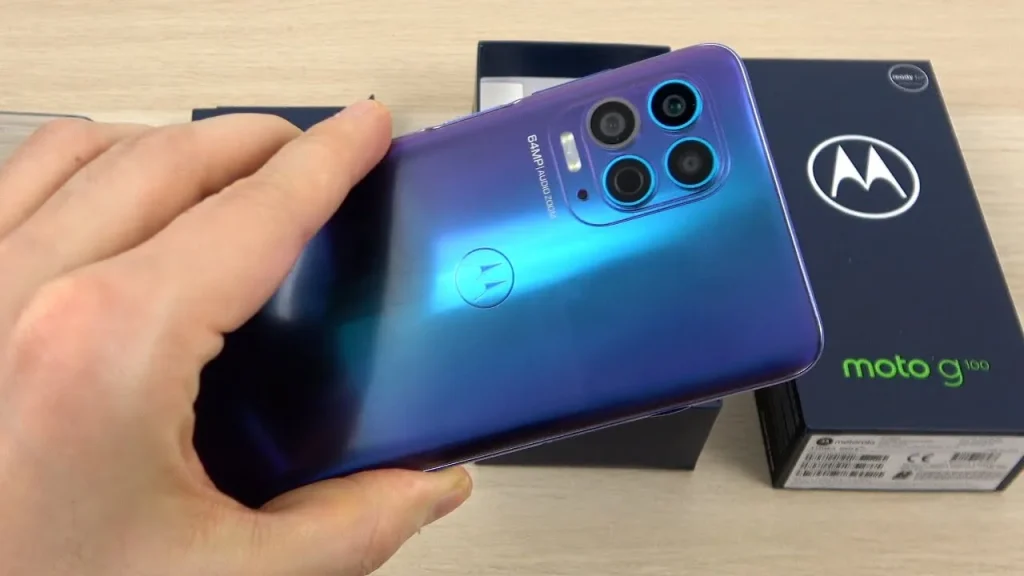
💼 The Business Bargain: OnePlus Nord N30 ($299)
“My clients shouldn’t hear coffee shop chaos.”
Freelancer Maria’s discovery: The Nord N30’s 3-mic noise cancellation rivals her colleague’s $1,100 work phone. Combined with 256GB storage (expandable!) and warp charging (0-80% in 30 minutes), it’s the ultimate productivity stealth weapon.
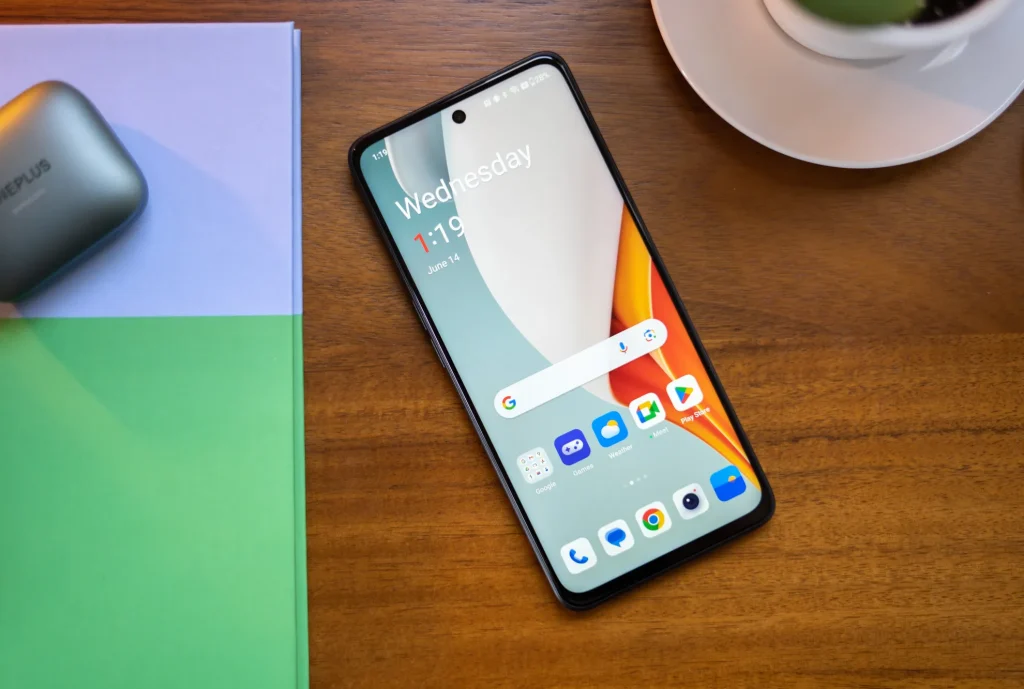
Why Flagships Fear This $300 Army
| Feature | 2025 Flagships | $300 Phones | Winner |
|---|---|---|---|
| Battery Life | 4,500mAh (avg) | 5,000-6,000mAh | Budget |
| Charging Speed | 45W (often optional) | 33W-67W (included) | Budget |
| Software Support | 4 years | 3 years | Flagship |
| Repairability | $400 screen repairs | $80 replacements | Budget |
The Real Talk
Are $300 phones “better”? For video editors or pro photographers? No. But for 95% of users paying for unused horsepower? Absolutely. As TechRadar noted: “2025’s budget phones aren’t cutting corners—they’re cutting profit margins.”
So next time you see a 1,200 phone ad, ask: “Will this truly improve my life—or just my Instagram flex?” For most, the 300 answer might surprise you.
“It’s not about settling for less. It’s about paying for what matters.” — Tech Triage Podcast, May 2025

